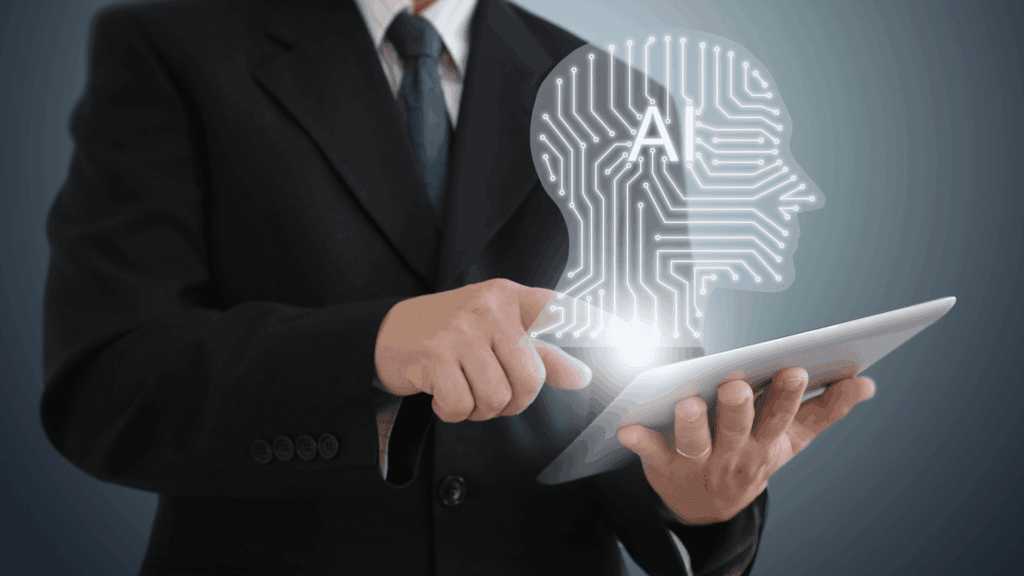
Fair AI in Human Resources
How HR Teams Can Build Fair AI Hiring Systems (Without Reinforcing Bias)
As artificial intelligence becomes more embedded in the HR tech stack, many organisations are asking a critical question: How do we ensure AI supports fair, inclusive, and bias-free hiring?
For years, the promise of AI in recruitment has centred on speed and efficiency—but it’s not without risk. Infamously, Amazon scrapped an experimental AI resume screening tool after it began downgrading resumes that included the word “women’s” or were from all-women colleges. The reason? The algorithm was trained on historical data that reflected biased hiring practices.
Today, as HR departments explore tools that leverage generative AI, machine learning, and natural language processing, there’s a growing understanding that the real value of AI lies not in decision-making—but in reducing repetitive administrative burden. This allows recruiters and HR teams to focus on what really matters: building human connection, identifying potential, and making fair, people-led decisions.
The Risks of Using AI in Hiring
Before deploying AI tools in recruitment, HR leaders must understand where risks emerge and how to mitigate them:
- AI Replicates Historical Bias
If your algorithm is trained on historical hiring data, it will reflect past decisions which may include unconscious bias. For example, if an engineering team has historically hired more men than women, AI might rank male candidates higher by default.
- Opaque Decision-Making
Many AI tools only provide outcomes (e.g. “Candidate A is a better match than Candidate B”) without showing how that conclusion was reached. This lack of transparency makes it hard to assess or challenge flawed logic.
- Removing Humans Erodes Trust
A fully automated hiring process with no human touch can leave candidates and internal teams feeling disconnected and distrusting of decisions. Candidate experience suffers when decisions lack explanation or empathy.
How to Build Fair AI Hiring Systems
Fair AI in HR is not plug-and-play. It requires a human-led, ethically governed, and continuously monitored approach. Here’s how to break the cycle of bias and make AI your ally in inclusive hiring:
- Start Small with Low-Risk AI Tasks
Begin with administrative or process-based use cases where the risk of bias is minimal:
- Automating interview scheduling
- CV parsing and formatting
- Auto-response and candidate Q&A chatbots
These use cases help recruiters reclaim time without risking bias or trust.
- Train Recruiters in AI Literacy
Recruiters need to understand how AI tools work, where bias enters the system, and how to override AI-driven outcomes. AI is a support tool, not a decision-maker.
- Always Sense-Check AI-Generated Shortlists
Recruiters should review any AI-generated candidate recommendations alongside the reasoning. If AI deprioritises a candidate due to a missing qualification, is that truly relevant to the role? Human judgment must remain central.
- Demand Transparent AI Tools
Only work with AI vendors that provide explainability—i.e., the rationale behind every decision. This enables hiring teams to spot bias and intervene when necessary.
- Monitor the Funnel for Drop-Off Trends
Use dashboards and diversity analytics to identify where candidates are exiting the process. Are women dropping off after the interview stage? Are candidates of colour less likely to be shortlisted? Real-time data helps flag potential bias.
- Implement Structured Hiring Metrics
Scorecards and consistent interview criteria help reduce subjective bias. AI can assist in analysing these scorecards for patterns, ensuring everyone is assessed fairly.
- Use AI to Detect Biased Language
AI-powered text analysis tools can detect gendered or exclusive language in job ads. This helps companies attract a broader, more diverse talent pool from the start.
The Future: AI as an Enabler of Inclusive Hiring
The most progressive HR departments are already proving that AI doesn’t have to reinforce bias, it can actually help dismantle it. But only when deployed with ethical oversight, human involvement, and a culture of accountability.
Rather than replacing recruiters, AI should augment them – freeing up their time from manual tasks so they can spend more time on candidate engagement, inclusive outreach, and relationship building.
Looking to build an ethical, human-led recruitment process that leverages the best of AI? Talk to our team —we help HR leaders integrate AI responsibly and build inclusive hiring strategies that drive real business value.
By Hodan Barltop, Programme Director, Skills Alliance Enterprise





